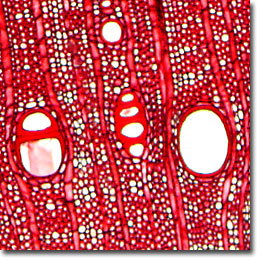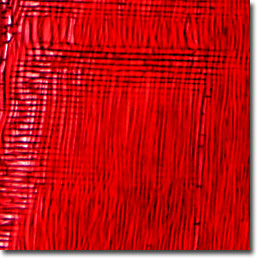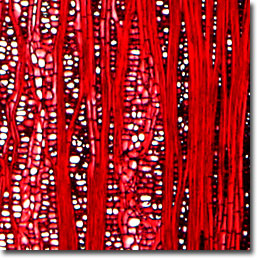The Pecan
The Pecan tree (Carya illinoensis; largest of the hickory trees) is a hardwood tree primarily found in the central and southern United States. The trunk reaches heights of 175 feet with diameters of 12 feet, but most cultivated specimens are much smaller. The sapwood is white to pale brown, while the heartwood is light brown, sometimes with a reddish tinge.

Cross Section

Radial Section

Tangential Section
Pecan trees are propagated by seed and require a very deep, fertile, and the moist soil typically found in the south. Pecan is one of the most important cultivated nuts of North America, grown primarily in Georgia and Texas, but also in most southern states and California. Pecan trees do not start producing pecans until they are 4 to 5 years old. The first pecan nursery was established in 1772 and from this small beginning, pecan production has grown into a multi-million dollar industry in the Southern states.
Pecan wood is used for flooring, woodenware and novelties. Other uses are for special products requiring a strong, tough, elastic wood such as sucker rods, picker sticks in cotton and silk mills, dowel pins, and skewers.
Microscopic examination of iron-alum hematoxylin and safranin stained thin sections (see the digital images presented above) reveals a semi-ringed porous wood with simple perforation plates and few vessels. Inter-vessel pits are 6 to 8 micrometers in diameter and orbicular to oval in shape. The rays are 1 to 5 seriate and homocellular to heterocellular.